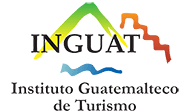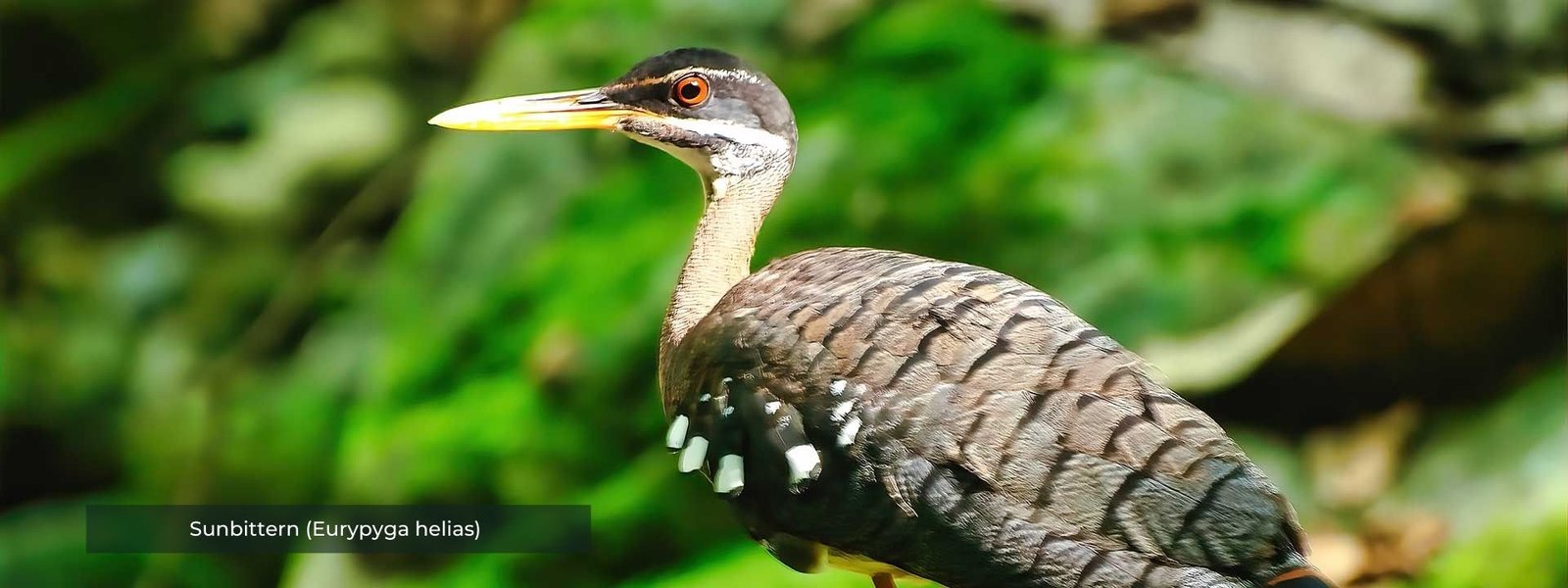
Honduras Birding Tours
Discover the Best Honduras Birding Tours for Nature Lovers
Explore the diverse birdlife of Honduras with our birding expeditions. Our tours are designed for bird enthusiasts of all levels and offer a unique opportunity to explore the country’s stunning natural habitats.
Honduras Birding Tours
Discover the Best Honduras Birding Tours for Nature Lovers
Explore the diverse birdlife of Honduras with our birding expeditions.
Our tours are designed for bird enthusiasts of all levels and offer a unique opportunity to explore the country’s stunning natural habitats.
Join us on a birding adventure in Honduras, where you can witness the beauty and diversity of over 700 species of birds.
Our expert guides will take you to the best birdwatching hotspots, from cloud forests to coastal areas.
Also, it will provide you with the knowledge and tools to spot and identify these magnificent creatures.
Whether you’re a seasoned birdwatcher or new to the activity, our tours offer a unique and unforgettable experience.
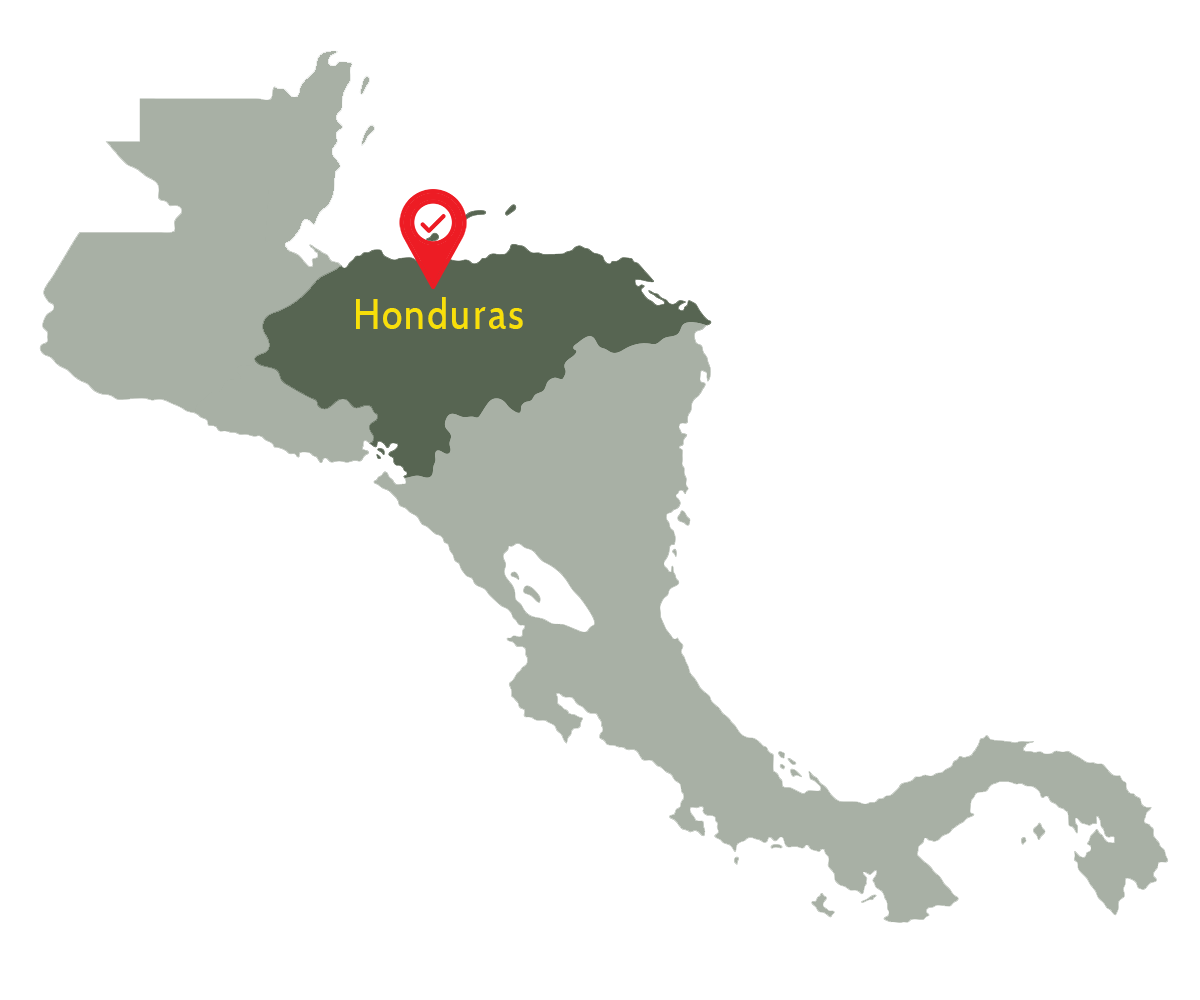
Discover The Colorful Birds of Honduras
Honduras is the home of more than 700 species of birds, making it an excellent birdwatching destination.
These birdwatching hotspots are guaranteed to deliver more than a few glimpses of some of the many species of birds that call Honduras home or use it as a migration destination.
Cloud forests, coastal areas, pine savannahs, mountain ranges, and other unique habitats attract various standard and rare species.
Features:
- Expert birding guides
- Customizable tours to fit your interests and schedule.
- Access to top birdwatching hotspots
- Opportunities to see endemic species.
- Comfortable accommodations and transportation
Benefits:
- Experience the beauty and diversity of Honduras’ birdlife.
- Learn from expert guides and improve your birdwatching skills.
- Customize your tour to fit your interests and schedule.
- See endemic species that you can’t find anywhere else.
- Enjoy comfortable accommodations and transportation for a stress-free adventure.
Honduras Birding Tours
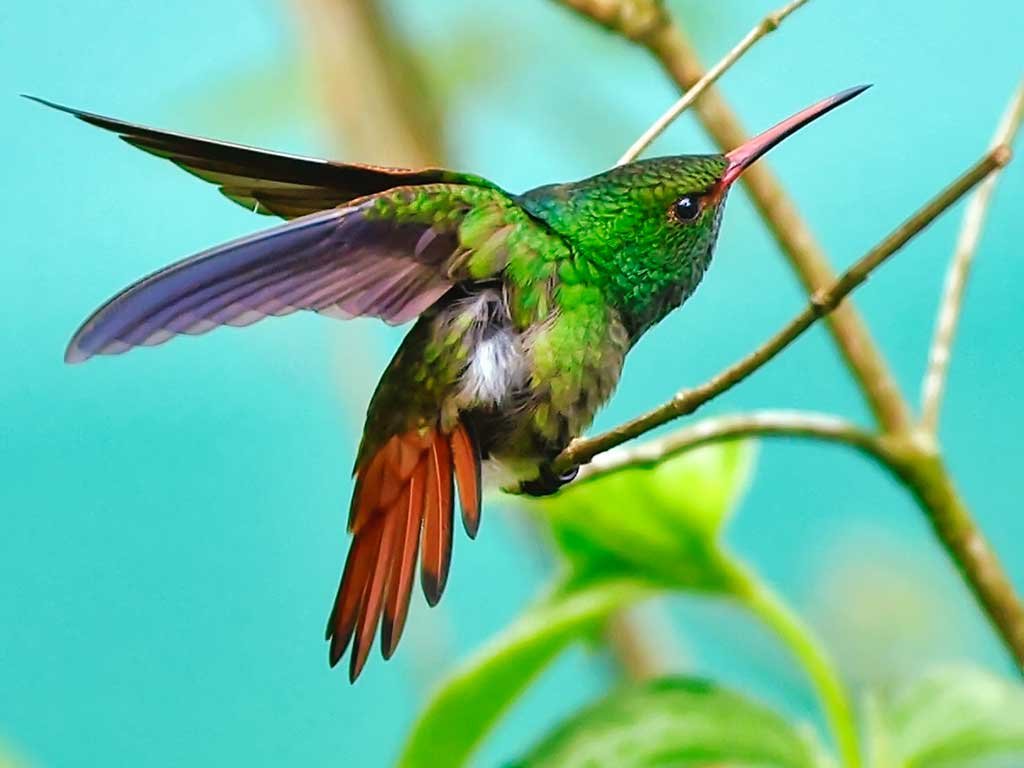
Honduras & Guatemala
This is a 15 days birding adventure to discover interesting destinations inside Guatemala and Honduras.
Unique and essential bird areas that inhabit a wide variety of endemic tropical birds.
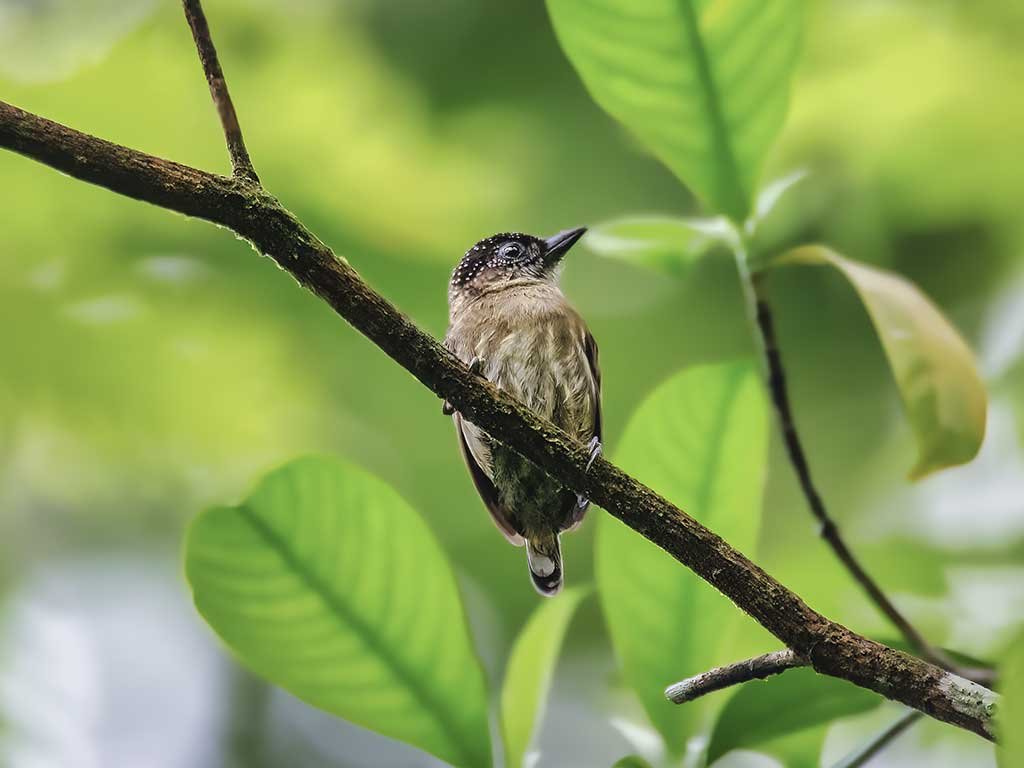
Honduras Expedition
Honduras birdwatching expedition is a perfect package to discover the birds of Honduras in 8 days.
Visiting two of the best birdwatching areas surrounded by a diversity of ecosystems.
US: (305) 395 3935
GT: (502) 7832 2742





